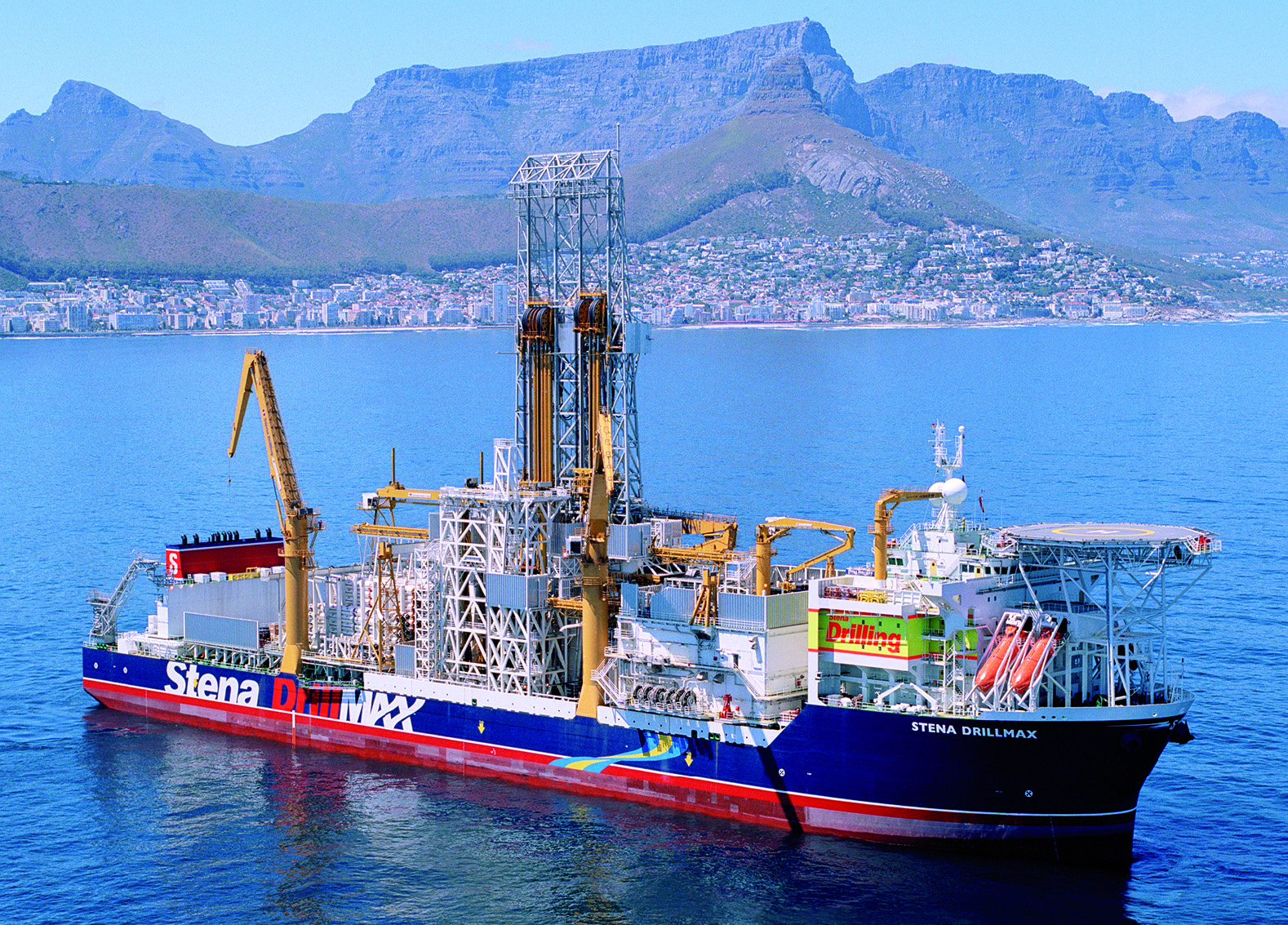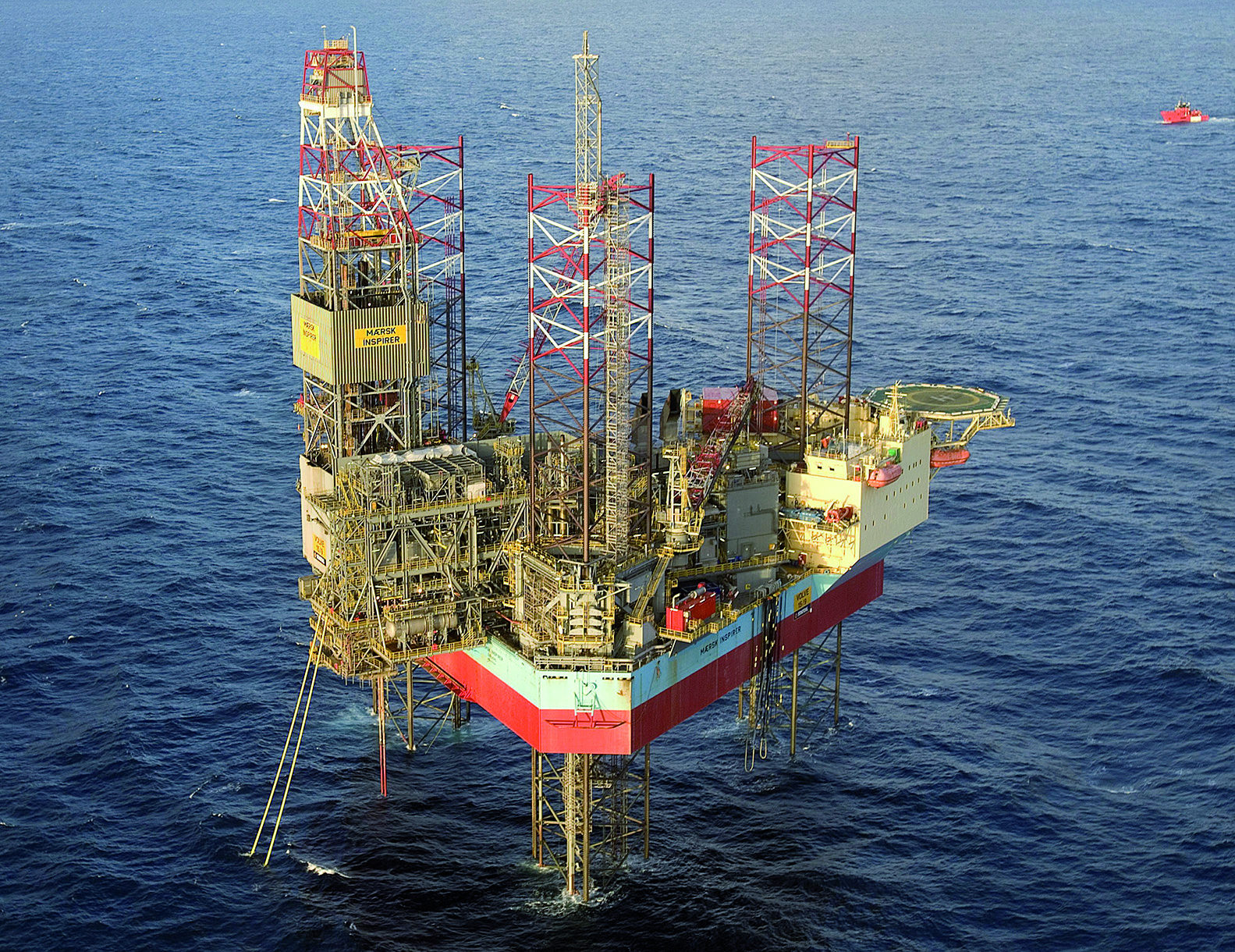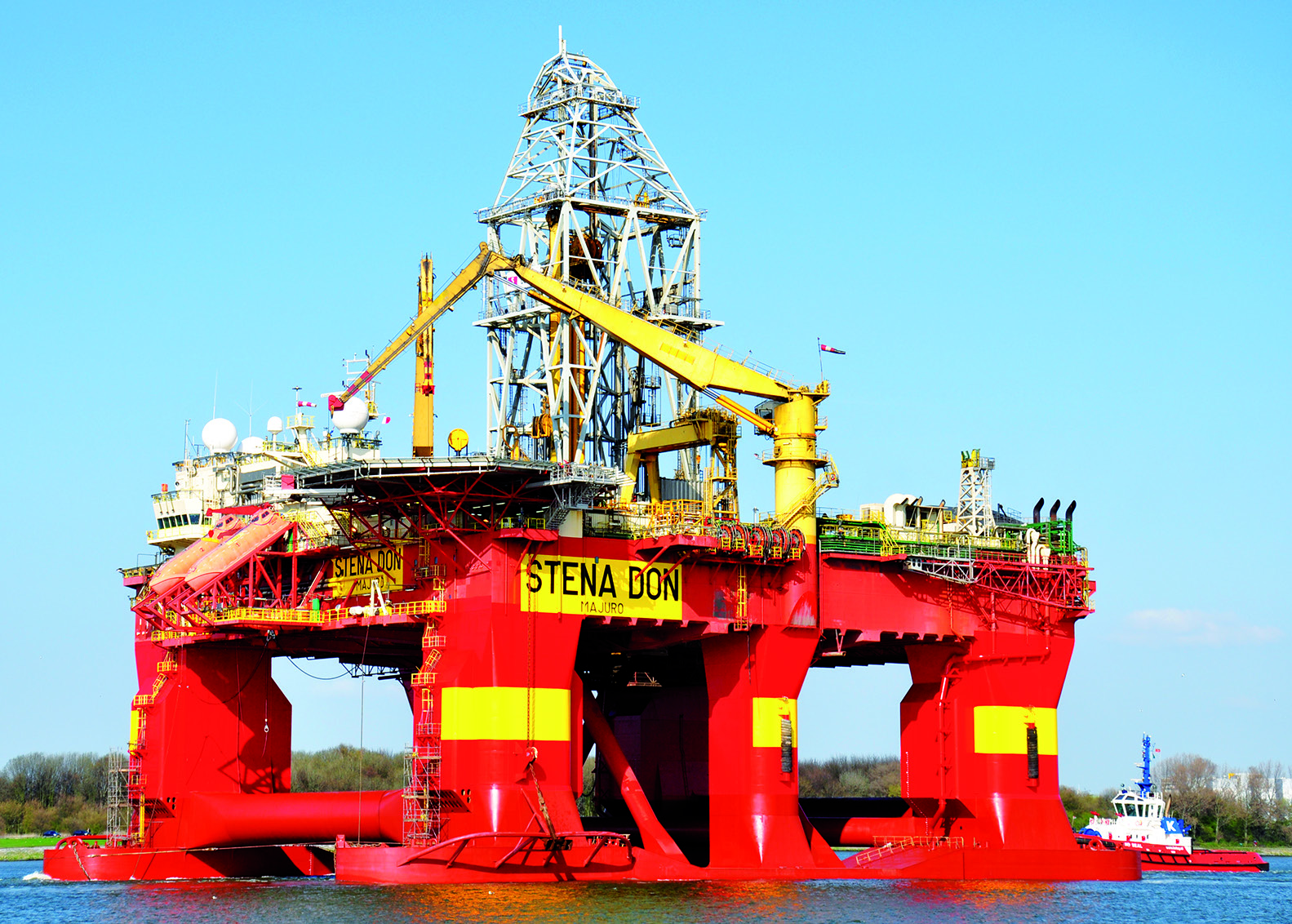

MOBILE OFFSHORE DRILLING UNIT (MODUs)
If geological predictions based on seismic surveys show that a particular offshore area offer promising prospects for finding oil, a well is drilled to examine these predictions. These drilling operations are carried out from a Mobile Offshore Drilling Unit (MODU). It can be jack-up, semi-submersible, barge-type or ship-shaped.
- Drillship – A ship specially equipped to conduct drilling of oil wells at sea. The primary difference between a drillship and conventional vessel is the presence of a centre opening (moonpool) for conducting drilling operations. The principal requirement for the propulsion system of a drillship is the ability to hold the vessel at a fixed position over the drill hole, since in deeper water anchors cannot be used.
The first drill ship, CUSS-1, commenced drilling operations near Guadalupe Island off the coast of Mexico in early 1961. The ship was a converted naval barge that had been fitted with experimental deep-water drilling equipment and a dynamic positioning system. Compared to trading ships, drillships are designed to remain at sea for long periods, and the consequences of component or system failure are far greater than for most conventional ships.
The world’s largest drilling ship STENA DRILLMAX, built by Samsung Heavy Industries in Korea has twin drilling derricks and is intended for oil and gas exploration in water up to 3000m. With a displacement of 97,000t, overall length of 228m and breadth of 42m, it is capable of drilling to a depth of 11,000m.
The power plant comprises six diesel-alternators. Each is made up of a 7680kW Wärtsilä 16V32 engine driving an alternator of 7000kW output. This package supplies current to six FP azimuthing thrusters for both propulsion and dynamic positioning.
The first of the new generation of deepwater drillships were based on tanker hulls, readily available to the shipyards. However, these fuller hulls would also demand more power for station keeping and transit. Focusing on this aspect, other designers sought to develop hulls of smaller dimensions and lower block coefficients than the tanker hullforms.
The new drillships are designed for operations around 10,000ft water depth, although the actual water depth capacity as-delivered varies depending on the length of on-board riser initially fitted. As a consequence, the new vessels are much larger than those of the previous generation. They have displacements in the range 40,000t to 100,000t, compared to the 18,000t typical of the previous generation. This explains large variable “deckload” capacities in the range from 15,000 to 25,000 tonnes, compared with the 6000t to 9000t of the earlier generation of ships.
To improve the efficiency, the new drillships are fitted with dual-activity rigs with two sets of drilling equipment such as mud pumps, drawworks, top drives and mud treatment systems. When a hole is drilled by the first drilling system, the second drilling system is used for making up casing and tubing strings in advance.
- Jack-up – A Jack-up is a self-elevating offshore drilling unit that consists of a self-floating, flat box-type deck structure supporting the drilling rig, drilling equipment and accommodation. It stands on 3 or 4 vertical legs along which the platform can be self-elevated out of the water to a sufficient height to remain clear of the highest waves. Drilling operations take place in the elevated condition with the platform standing on the seabed. This type of drilling unit is used for drilling operations in water depths up to about 100m. Jack-ups spend part of their life as floating structures. This is when such units are towed to a new location by means of oceangoing tugs. In this mode, the legs are lifted up and extend upwards over the platform. Onlocation the legs are lowered to the seabed and the hull is raised above the surface of the sea.
Jack-up rigs are used for exploration, development and well servicing (workover) operations.
- Semi-submersible drilling unit is a column-stabilised watercraft consisting of a main deck (Topside Deck Structure) connected to the underwater hull or footings by columns or caissons. The weight of columns is high and without sufficient buoyancy in themselves. Lower hulls or footings are normally provided at the bottom of the columns for additional buoyancy and the most common arrangement are either twin pontoons connected by braces or a ring (continuous) pontoon. Drilling equipment, mud systems, living quarters and so forth are placed on the main deck, and ballast tanks, thrusters, sea water pumps are arranged in the underwater hulls.
Semi-submersible drilling units can be towed and anchored, or moved by and kept in position by their own thrusters using dynamic positioning.
Further reading: ABS publication “Mobile Offshore Drilling Units (2006)”, can be downloaded from www.eagle.org


